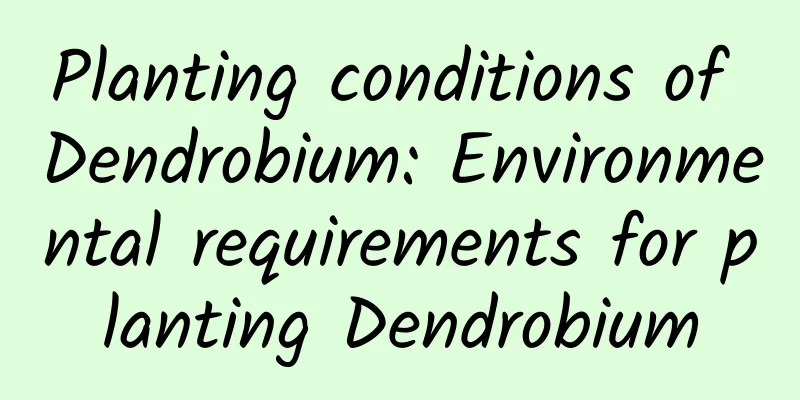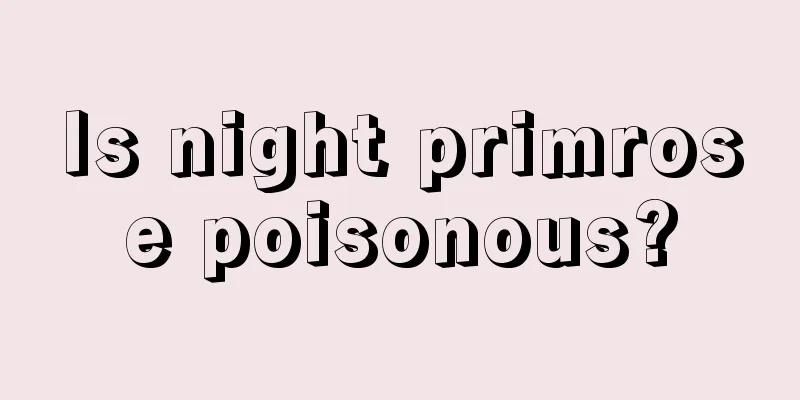What to do if the pine red plum blossoms are scattered

The reason why the flowering of Prunus mume is scatteredThe pine red plum plant is usually 2 meters tall and has slender branches. If it is not pruned and managed in time, it will easily grow wildly, resulting in a loose plant shape and scattered flowering, affecting its viewing experience. What to do if the pine red plum blossoms are scatteredThe scattered flowering of Prunus armeniaca is mainly caused by untimely pruning, but Prunus armeniaca is resistant to pruning and has strong branching ability. This characteristic can be used to start pruning from young plants, so that they can continuously sprout new branches and control a reasonable plant shape. After 1 to 2 years, a beautiful plant shape can be achieved with large amounts of flowering, dense branches and numerous flowers. The purposes of planting pine red plum are different, so there are differences in shaping and pruning. If the purpose is to provide cuttings, sprigs or seeds for propagation, more long branches should be left and less cutting should be done. After flowering, the remaining flowers should not be cut off but phosphorus and potassium fertilizers should be added to facilitate fruiting. If the pine red plum is cultivated for ornamental purposes, it should be pruned promptly and multiple times to cultivate a highly ornamental plant shape, and pruned and fertilized after flowering to achieve secondary flowering. Careful pruning is done once a year after flowering to dwarf the crown, maintain a beautiful tree shape, and encourage the plant to sprout new flowering branches. Precautions for pruning pine red plumExcept for some branches that affect the plant shape, do not cut off all other branches. Generally, leave one-third to one-half. If you prune too heavily, only the woody branches will be left, which will be difficult to resume growth. Fertilization is required after each pruning, mainly with phosphorus and potassium fertilizers, and the amount of nitrogen fertilizer is controlled to promote the differentiation of flower buds and ensure flowering in the second year. Because the roots of pine red plum are relatively close to the soil surface, try to avoid turning the soil when loosening the soil and removing weeds to avoid damaging the roots. |
<<: What to do if the Jade Leaf drops its leaves
>>: The reason why the rose ball turns green
Recommend
Does Daphne koreana prefer shade or sun?
Does Daphne koreana prefer shade or sun? Daphne o...
When is the best time to propagate white orchids?
White orchid cutting time The best time to take c...
Tips on how to eliminate small flying insects at home (how to deal with many small flying insects in the house)
Speaking of those small insects in the home, I be...
How to cultivate golden peach
1. Lighting The golden peach needs sufficient lig...
What are the benefits of eating onions? The nutritional value of onions
1. What are the benefits of eating onions? Antiba...
What flowers are suitable for growing in Xining? What are the city flowers and trees?
1. Climate characteristics of Xining Xining is th...
Cultivation methods and precautions of Babaoshu
Basin The bonsai tree usually uses a 15 to 20 cm ...
A4 paper, loofah sponge...I use all the waste you piled up in the corner to grow flowers
1. Plant vegetables on A4 paper Prepare materials...
How to eat Sophora japonica flowers
Sophora japonica honey The efficacy of Sophora ja...
Do cacti need watering?
1. Is it necessary to pour Many people believe th...
Is persimmon a fruit or a vegetable?
Is persimmon a fruit or a vegetable? Small tomato...
How to grow red plum blossoms
1. Maintenance conditions 1. Soil: When choosing ...
Can coleus be placed in the bedroom?
1. Is it toxic? First of all, the answer is very ...
Cutting method of big-leaf begonia: suitable season, cutting illustration
1. Cutting season Bigleaf Begonia cuttings can be...
What are the rare orchid varieties (top ten rare orchids)
1. Ghost Orchid The ghost orchid is one of the in...









